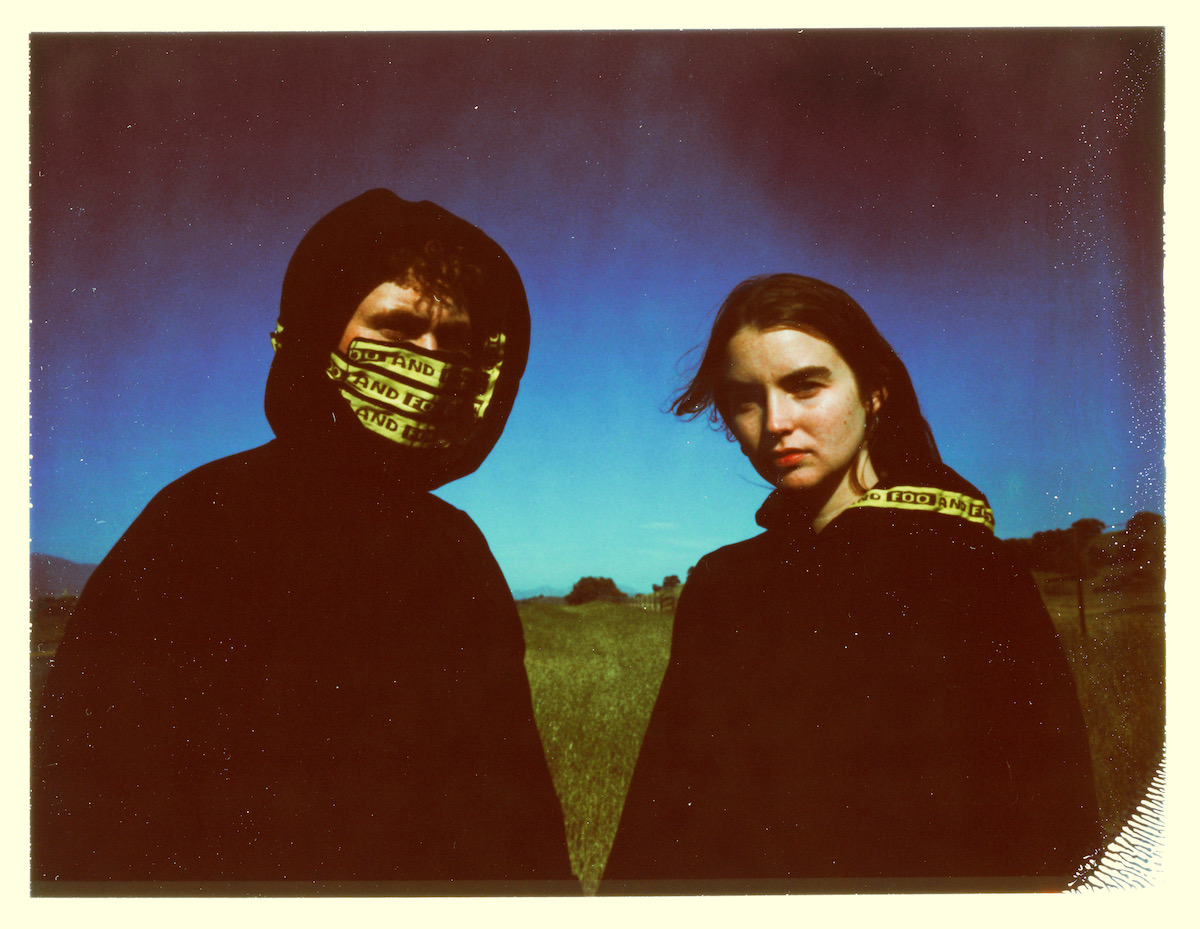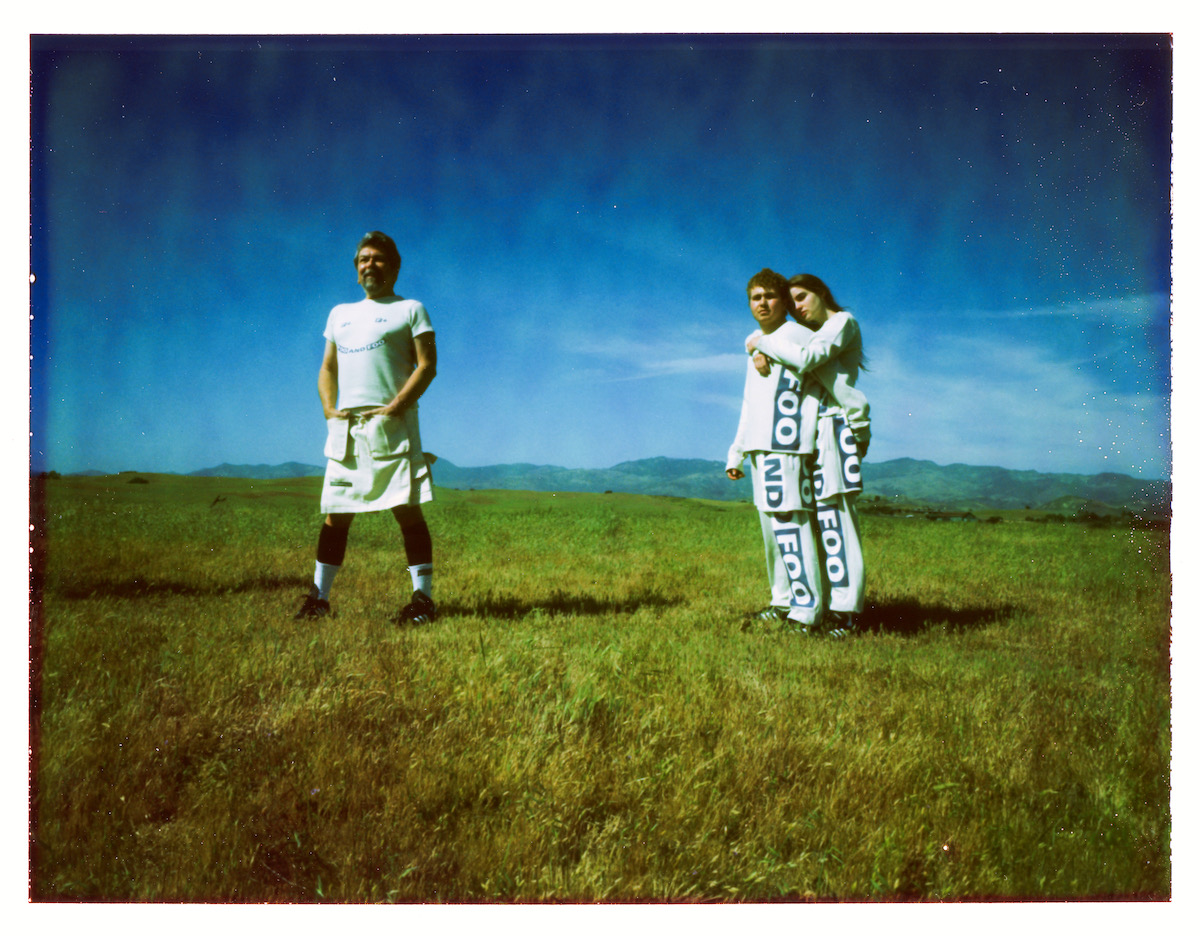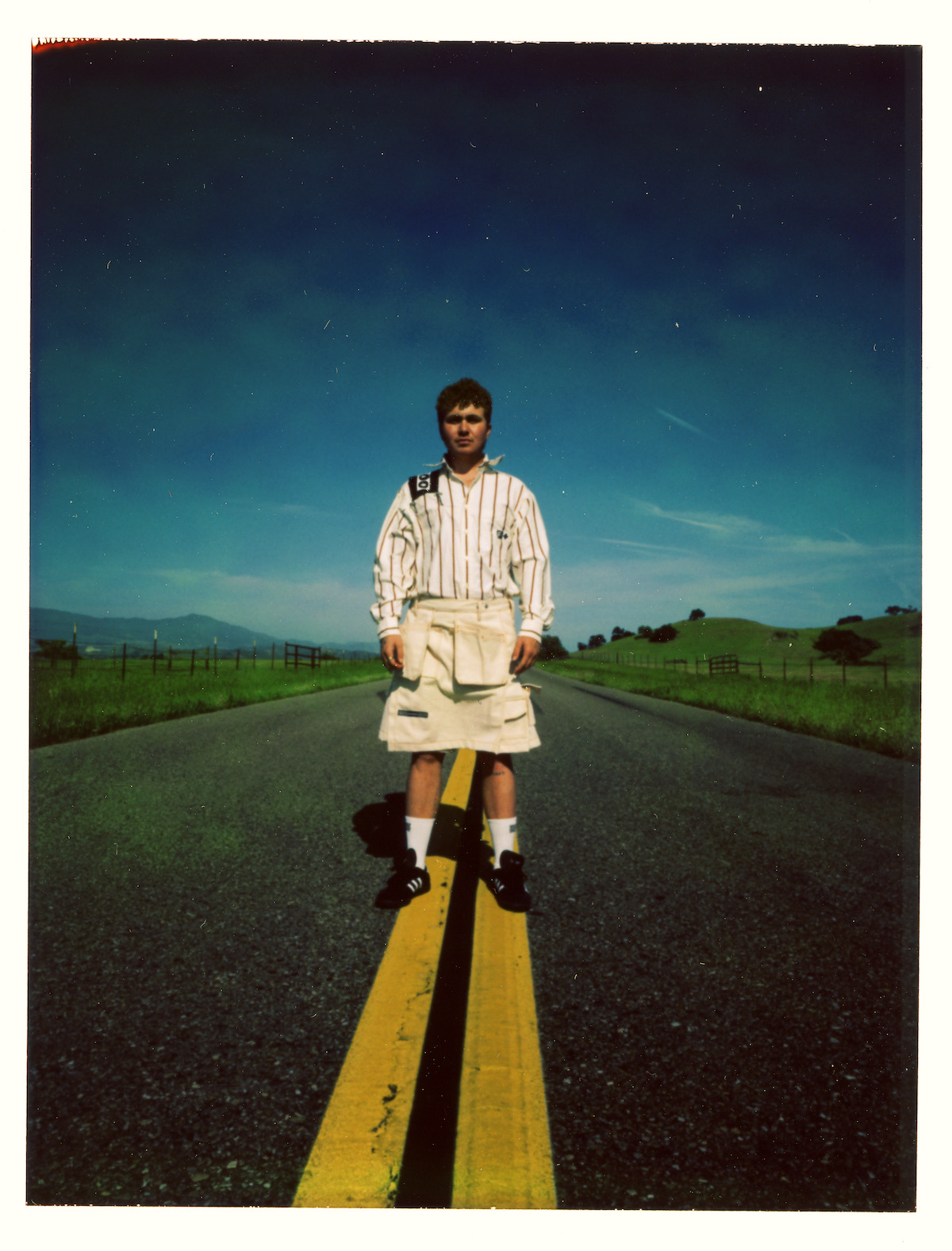Playful Machinery: An interview with Foo And Foo’s Elizabeth Hilfiger
Culture — 22.06.21
Words: Madeleine Morlet
Photography: Julian Klincewicz
Models: Avery Tucker, Ali Michael, Rodolfo Rudy Romero
 Elizabeth Hilfiger was born into the fashion industry, she studied apparel design at RISD and moved to New York after graduating to begin work experience. It was at this moment she woke up to the reality of fast fashion, witnessing the extortionate markups brands made for generic floral dresses, and the constant pressure put on factories in China to produce more for less. “I thought, this is ridiculous, I can’t do this anymore” and so she stopped.
Elizabeth Hilfiger was born into the fashion industry, she studied apparel design at RISD and moved to New York after graduating to begin work experience. It was at this moment she woke up to the reality of fast fashion, witnessing the extortionate markups brands made for generic floral dresses, and the constant pressure put on factories in China to produce more for less. “I thought, this is ridiculous, I can’t do this anymore” and so she stopped.
In 2016, Hilfiger spent a year conceptualising Foo And Foo, which launched in 2017. She wanted to develop a brand that was accessible, gender fluid, and fun. Foo And Foo focuses on streetwear, primarily hoodies, tees, and is now introducing more tailored pieces. The digital platform is more than a store, it’s an experience, as she collaborates with friends and artists on the site. Teeth caught up with Hilfiger to discuss the evolution of her brand, and the challenge of developing a singular aesthetic that takes sustainability into account.
 Can you tell me a bit about your shift from a design degree to developing Foo And Foo?
Can you tell me a bit about your shift from a design degree to developing Foo And Foo?
I went to art school at RISD [and] studied apparel design. When I was there I did all the sewing, knitting, [and] tailoring. All the things. My clothes there were super sculptural and conceptual. I worked for a bit [after graduating] and really wanted to start a clothing brand that wasn’t just a clothing brand but was also a digital experience, where I could work with friends and have freedom. Where the clothes were fun, because I’m very fidgety, so something that you could play with. I’m constantly collaborating with different people to feature on the site and make it an experience, so we can also inspire you on how you can wear the clothes. [In a way the brand is] inherently sustainable because one piece can be used in so many ways. It [can be] hard to find a balance between doing something fun, as it can also be fugly. I’m trying to figure out what’s the best way to do this where [the design is], I don’t want to say elegant because it’s hoodies, but cute.
The tailoring I’ve seen is quite elegant and very cool, I’m thinking specifically of the boner jacket…
We’re not really doing tailoring yet, what we’re doing is upcycling old blazers. It’s a complicated process where they open up the blazer, rip out the lining and for each blazer, you have to make a new pattern for the lining. Then we reline it with organic sustainable thermal, then we add the mechanics to it.

I’m impressed by the innovation and sustainable approach you have towards the design process, can you talk about your brand ethos in regards to circular fashion?
For this season [we’re] using all upcycled clothing of our own. We’re cutting up our inventory to make new styles, using deadstock fabrics and blanks that we had lying around, old fabrics from old seasons, extra rolls etc and using [these] to line the new blazers
That is actually so cool.
This line is sustainable. Since SS20, our hoodies have been made from recycled plastic bottles, [this was before] I found out that [recycled plastic cotton is] actually really bad because of microplastics going into the water system.

It’s a learning process for everyone right now, especially when you’re working in areas that are still being charted.
Our aim is to be fully closed loop soon. For this season, we’re doing a see now/ buy now with immediate-release [so there is less stock waste]. For the next collection, we’re trying to use most of our old clothes to make them new. [At times it can be] annoying though, there are some fabrics I really want to use that are new [but they’re] not sustainable…
Did you come into the brand with the intention of being a closed-loop, sustainable company?
I’ve always cared so much about the environment and wanted to do low quantities, and source locally in LA but even four years ago there wasn’t that much access to organic recycled cotton jersey and fleece. Also, there was such a tie [with sustainable fashion] to that kind of granola aesthetic. I wanted to start really small, I didn’t think I would go on the calendar at all with fashion week and was just releasing bit by bit. Now we’re kind of going back to that, COVID gave us time to revisit the ideas from when Foo And Foo started.

Your clothing is made in LA, do you think moving to LA from the East Coast has influenced your design sensibility or shaped your aesthetic?
That’s an interesting question, I don’t know. I go to New York a lot but I moved to get away from being influenced by style so much. Here in LA, you don’t see many people, you know? I’m not out that much. In NY you walk to get a coffee and you will see four good outfits, I feel like that subconsciously influences you. [In LA I can] think and create without [as much] outside influence. Weather-wise being [here has made me] more sensitive to heat, and [needing] things that can be versatile or layered
My last question is who are you inspired by and what are your influences?
Obviously streetwear and rave culture, that’s how the lighter leash came about. I was a snowboarder when I was younger, and still love to snowboard, so [I love] all the layering and technical aspects. I like everyday things, things that are easy [such as] the way your shirt snags on your bra, weird outfit choices, kids’ style (how they dress themselves like crazy), and of course chic men.
 Hilfiger is a young designer who has embraced what is rapidly becoming the future of fashion, her elegant and playful streetwear has a defined aesthetic far from what we would imagine of sustainable fashion even a few years ago. Here is evidence that a closed-loop brand doesn’t need to compromise on design, but can be informed by it. Foo And Foo is playful, versatile and intelligent. Take yourself to her site for the full digital experience.
Hilfiger is a young designer who has embraced what is rapidly becoming the future of fashion, her elegant and playful streetwear has a defined aesthetic far from what we would imagine of sustainable fashion even a few years ago. Here is evidence that a closed-loop brand doesn’t need to compromise on design, but can be informed by it. Foo And Foo is playful, versatile and intelligent. Take yourself to her site for the full digital experience.